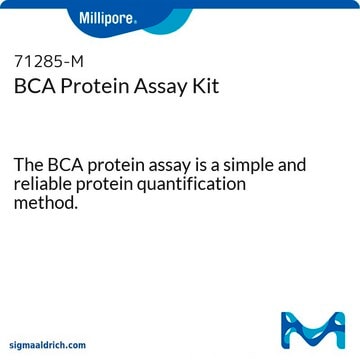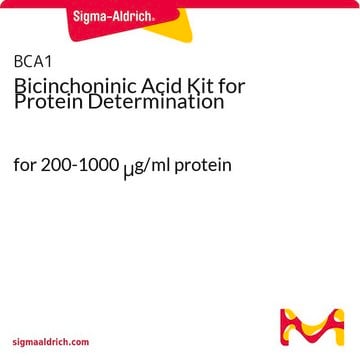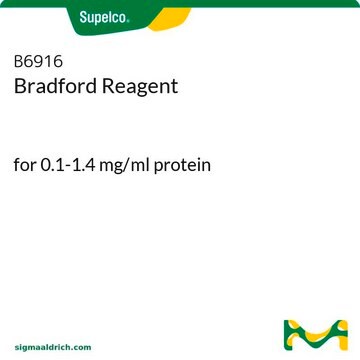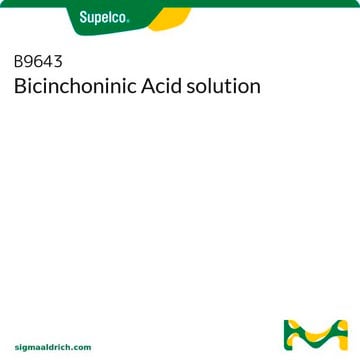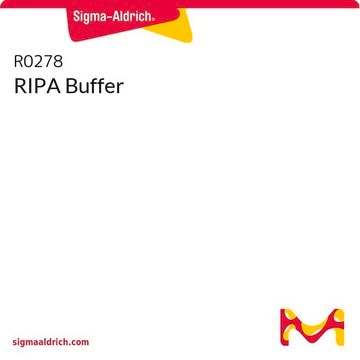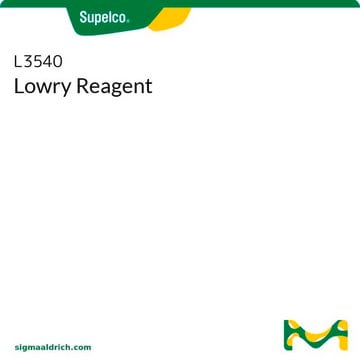Below is the link to the product bulletin. The reagents and their volumes included in the kit can be found on page 1. Table 1 on page 2 shows the volume of QuantiPro Working Reagent to prepare and the amount of each component needed:
https://www.sigmaaldrich.com/deepweb/assets/sigmaaldrich/product/documents/358/950/qpbcabul.pdf
For 15 2 ml Standard Test tube assays, 7.75 ml of QA, 7.75 ml of QB, and 0.31 of Copper(II) Sulfate Reagent QC are needed. By calculation, about 480 assays can be done. Fewer may be gotten due to loss during pipetting. Also one may use more or less Protein Standard Solution depending upon how many assays they do each time. Protein Standard Solution (P0914) is available separately in case one needs more for their assays.
